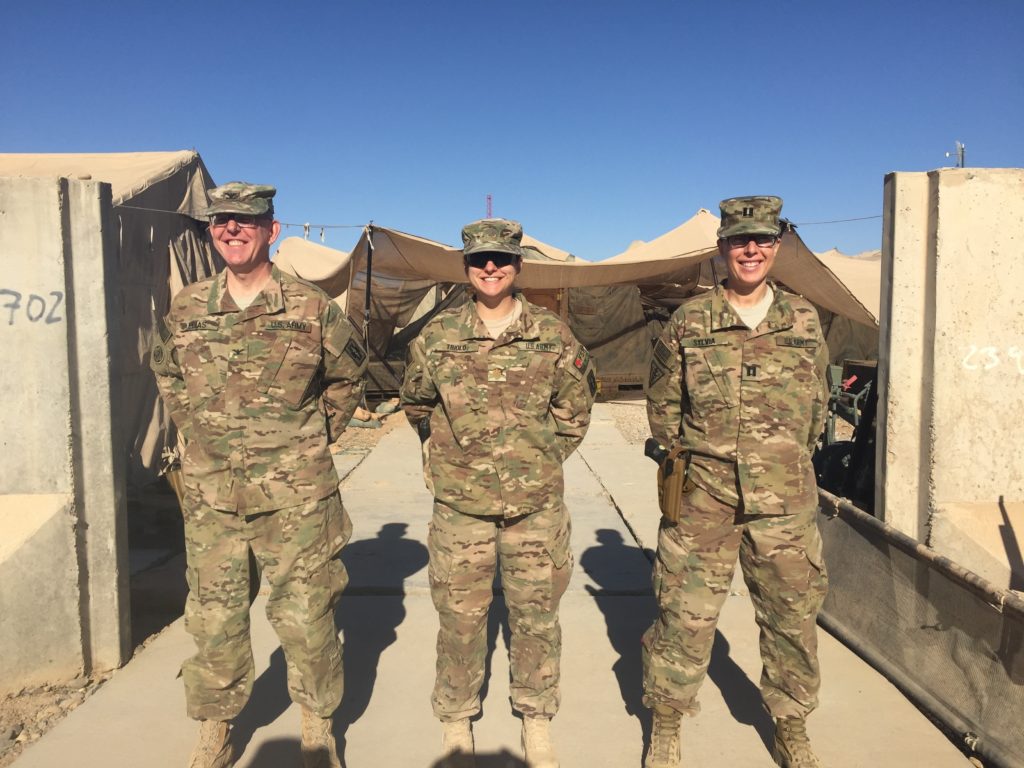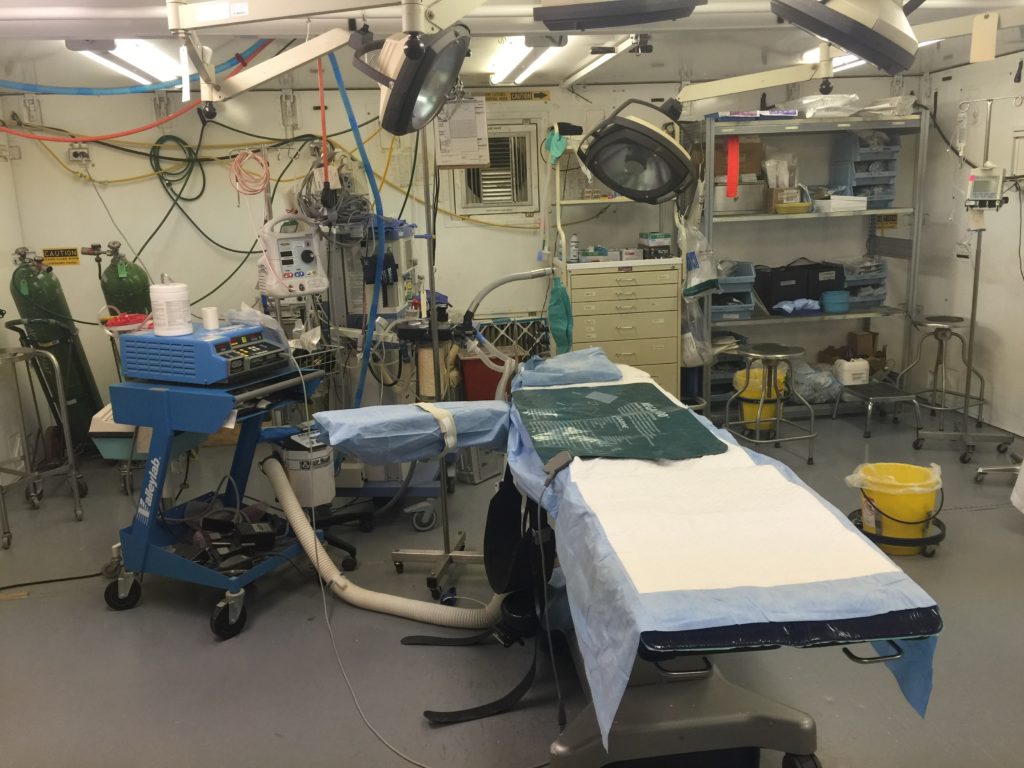To Serve a Greater Purpose
By Leah Triolo, MD, MC, LTC
** This is the author’s opinion and does not represent the military or U.S. government. **
Homo chirurgimanus militum – To Serve a Greater Purpose
Memorial Day is a time to remember those who have served and paid the ultimate sacrifice. One of last Army Rangers to storm the shores of Normandy on D-day, Charles Ryan, passed this year. In his unit, 50 of 65 troops died during the invasion. During his lifetime, hand surgery came into its own, rooted in military medicine from the World’s Wars.
This Memorial Day, I will honor the memory of LTC Jamie Bulken-Hoover, Army hand surgeon and so much more, whose passing from stage 4 metastatic breast cancer amplified the call to action of a critical shortage of hand surgeons in the military. Although recognized for her distinguished contributions to academics while serving at William Beaumont Army Medical Center and Madigan Army Medical Center, I remember her best for her ability to lead. She served as Officer in Charge of the Forward Surgical Team, Forward Operating Base, Chapman, Khost Province, Afghanistan, while deployed abroad and as Chief of the Orthopedic Clinic at home. She embodied a certain grace while wearing these many hats and raising her family. I cannot express or capture her impact to military medicine, but know it is humbling to follow in her footsteps and answer the call.
Jamie and I listened to Uniformed Services University President Vice Admiral Zimble tell our medical school class that we were training to provide “good medicine in bad places.” Yet being a military hand surgeon is more than just being able to drop into an austere environment anywhere in the world and perform life and limb saving surgery. I serve the patient, unit, command, mission, and family. I answer not only what is best for the patient but what is best for the whole enterprise. I am responsible to the American people for maintaining the fighting force.
What is it like to be a military hand surgeon? Fitness tests and weapons qualifications are annual requirements. At home you face the routine challenges like a complete SL tear in a 19-year-old who wants to return to firing a 40 caliber rifle, do pushups like his injury never happened, carry 80 pounds of gear, and deploy in two months. What do you do? Delay care to meet the mission? Pull him from the unit and undermine the unit’s ability to complete the mission? When will he return to duty? Your decisions and outcomes impact readiness of the armed forces. You are challenged to meet the needs and expectations of warriors recovering from mutilating upper extremity blast injuries and amputations through allograft transplantation, osseous integration, TMR for myoelectric prostheses, flaps, and transfers of nerves and tendons. Deployed? Based on my personal experience, you can expect to ex-fix a distal radius and other fractures without power or c-arm, perform amputations, perform limb salvage, run bowel, sew lung, assist in an orchiopexy, perform a FAST exam, intubate, maintain a ventilator, place a chest tube and central line, assist the walking blood bank, lead a trauma team, manage poly-trauma and MASCAL, and be prepared to save a working dog. Military hand surgery is not for the faint of heart or weak of character. There is no fame, fortune, or glory, but there is honor.
In the War Against Terror there are no clear frontlines. Many of you have answered the call when acts of terror have affected our hometowns. This Memorial Day, I encourage you to honor all who serve and take pride in the way every hand surgeon serves and positively impacts the community. From the routine to extraordinary, every case you complete restores a patient to health and function and contributes to the resiliency of the American people.
We all follow those who came before and serve a greater purpose.

Figure 1: COL Elias, Army Reserve general surgeon, author, CPT Sylvia, Army Reserve CRNA, in front of Forward a Surgical general purpose (GP) tent shelter system. Only 11/200 Army Reserve orthopedic surgeons spots are filled, thus Active Duty orthopedic surgeons are tasked to fulfill the reserve unit deployments.

2) American flag flown next to the sleeping quarters by the Forward Surgical Team

3) Container based OR leftover from the time Camp Dwyer was supported by a full Combat Support Hospital. OR is connected by a wood ramp to the trauma bays and triage housed in GP tents.